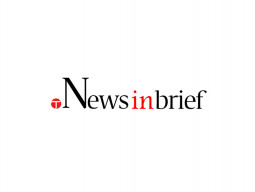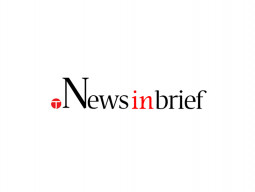
KARACHI: Contrary to the expectations of a status quo or even a possible increase by analysts, the State Bank of Pakistan (SBP) on Saturday cut the policy rate by 25 basis points from 6% to 5.75% for the next two months.
The policy rate is the interest rate that the SBP tries to maintain in the interbank market to control money supply in the economy and achieve price stability and economic growth targets.
The central bank reduced the policy rate from 6.5% to 6% last September after bringing it down by 300 basis points in fiscal year 2014-15. However, it maintained the rate at 6% in the subsequent monetary policy announcements in Nov 2015, January and April 2016.
Expectations
“In its fifth monetary policy for fiscal year 2016, we expect the SBP to maintain policy rate at current levels due to stable economic outlook,” Spectrum Securities commented on Friday.
Similarly, Topline Securities also said the central bank would maintain the status quo.
Banks, on the other hand, were expecting the policy rate to move upwards, since their profits have been taking a hit due to government’s expansionary policy. As recently as Wednesday, the government rejected all the Pakistan Investment Bond bids since the banks were seeking higher yield.
CPI
Towards the end of fiscal year 2016, macroeconomic conditions continue to improve. Headline Consumer Price Index (CPI) inflation, despite its continuous increase year on year (YoY), would remain below its fiscal year 2016 annual average target of 6%, according to a statement issued by the SBP.
A lower-than-expected inflation is an indication of weak demand, which is usually corrected by fiscal or monetary expansion. Latest initiative is an indication of government’s commitment towards monetary expansion.
However, going into fiscal year 2017, inflation is likely to attain a higher plateau due to a variety of reasons, the SBP said. Firstly, relatively faster pickup in demand compared to its gradually improving supply dynamics could lead inflation on a higher side. Secondly, rising global oil price along with modest recovery in non-energy commodity prices is expected to be passed on to the domestic consumers.
Thirdly, some risks, such as imposition of new taxation measures and increase in electricity and gas tariffs, if realised, would put upward pressure on CPI inflation.
GDP
Real Gross Domestic Product (GDP) growth rate, according to official estimates, is set to exceed its fiscal year 2015 precedent of 4.2%, while remaining below its target of 5.5%. However, some are arguing that the growth rate, given contraction in agriculture output and the austerity policies of the government, cannot possibly exceed 3.5% mark.
The cut in the policy rate means that businesses would be able to acquire loans at lower interest rates (at least theoretically) which would mean that business can take up cheaper credit and expand at a relatively faster pace. This would help bolster the GDP growth rate for the following year.
However, the government constitutes a major borrower in the economy with domestic debt having surpassed Rs13 trillion at the end of March, according to SBP data, thereby crowding out much of the private businesses that could not match the risk-free investment opportunity that government offers.
If the risk-free government bonds were taken up by ordinary citizens, it would prove to be a secure store of value. However, much of the credit is taken up by big banks.
According to SBP’s data as on March 31, 2016, scheduled banks make up 81% of the lenders for government’s securities.
Published in The Express Tribune, May 22nd, 2016.
Like Business on Facebook, follow @TribuneBiz on Twitter to stay informed and join in the conversation.

















1713268762-0/Netflix-(3)1713268762-0-270x192.webp)


1713264570-0/Tribune-Collage-Feature-Images-(9)1713264570-0-270x192.webp)























COMMENTS (1)
Comments are moderated and generally will be posted if they are on-topic and not abusive.
For more information, please see our Comments FAQ